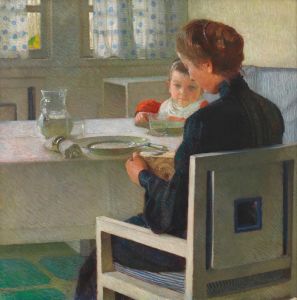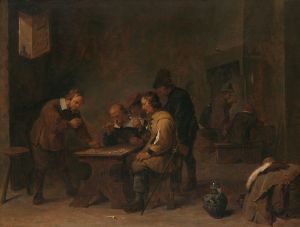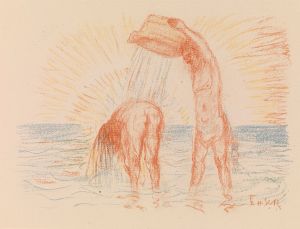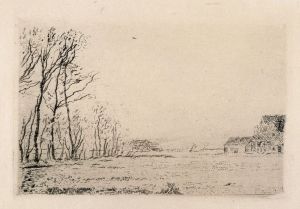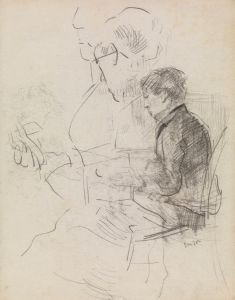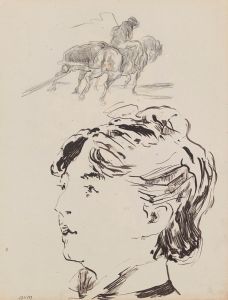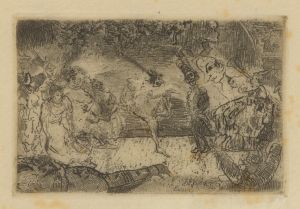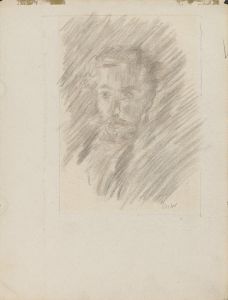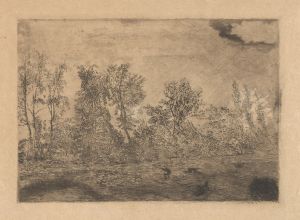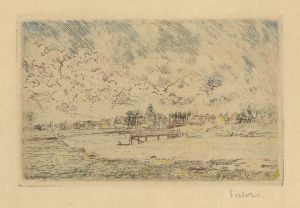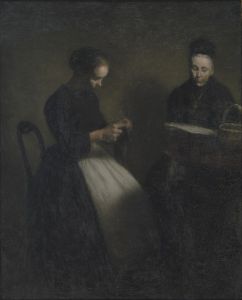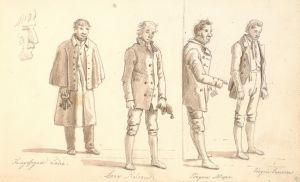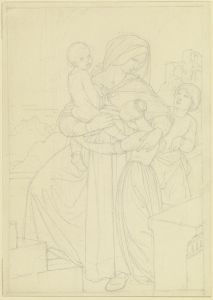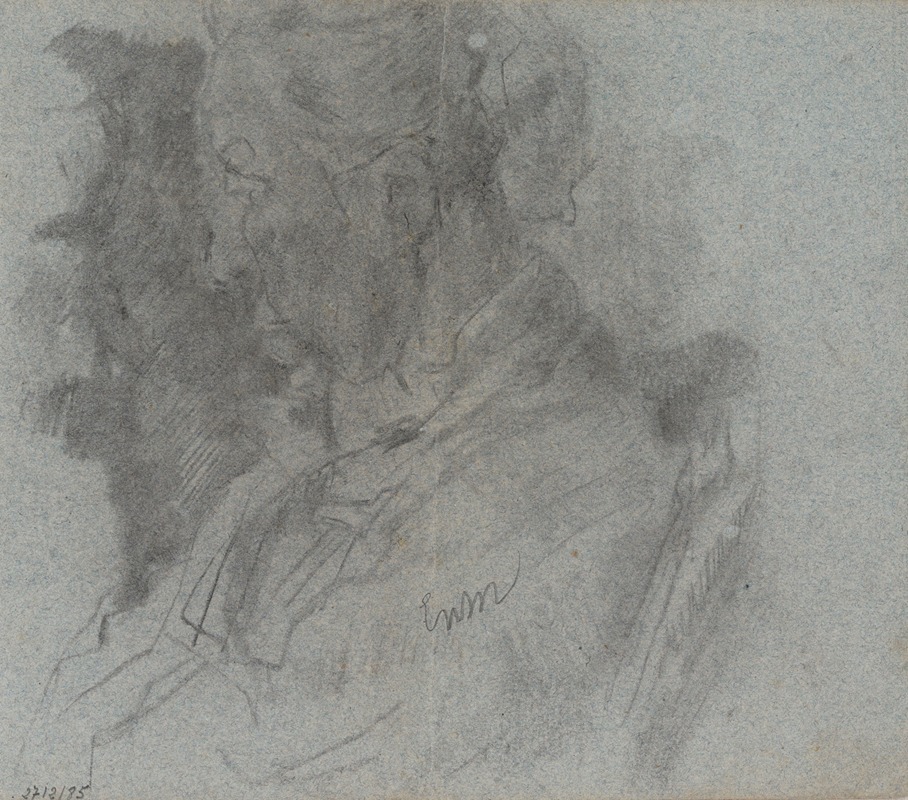
Ensor’s Mother
A hand-painted replica of James Ensor’s masterpiece Ensor’s Mother, meticulously crafted by professional artists to capture the true essence of the original. Each piece is created with museum-quality canvas and rare mineral pigments, carefully painted by experienced artists with delicate brushstrokes and rich, layered colors to perfectly recreate the texture of the original artwork. Unlike machine-printed reproductions, this hand-painted version brings the painting to life, infused with the artist’s emotions and skill in every stroke. Whether for personal collection or home decoration, it instantly elevates the artistic atmosphere of any space.
James Ensor, a prominent Belgian painter and printmaker, is known for his unique and often avant-garde style that combines elements of symbolism and expressionism. One of his notable works is "Ensor’s Mother," a painting that reflects his distinctive approach to art and his personal life.
"Ensor’s Mother" is a portrait of the artist’s mother, Maria Catherina Haegheman. Ensor was born in 1860 in Ostend, Belgium, and spent much of his life there. His family background and home environment significantly influenced his artistic development. His mother, who ran a small shop selling souvenirs and curiosities, played a crucial role in his life, and her presence is felt in several of his works.
The painting "Ensor’s Mother" is characterized by Ensor’s typical use of bold colors and expressive brushwork. Ensor often employed a vibrant palette, which is evident in this portrait. The depiction of his mother is both intimate and revealing, capturing not only her physical likeness but also conveying a sense of her personality and the familial bond between mother and son.
Ensor’s style is marked by a departure from traditional realism, embracing instead a more subjective and emotional representation. In "Ensor’s Mother," this is seen in the way he uses color and form to convey mood and character. The painting reflects Ensor’s interest in exploring the psychological depth of his subjects, a theme that recurs throughout his oeuvre.
The context of Ensor’s work is essential to understanding his artistic choices. During the late 19th and early 20th centuries, when Ensor was active, the art world was undergoing significant changes. Movements such as Impressionism and Symbolism were challenging conventional approaches to art, and Ensor was at the forefront of these developments in Belgium. His work often incorporated elements of satire and social commentary, though "Ensor’s Mother" is more personal and introspective.
Ensor’s relationship with his family, particularly his mother, was complex and deeply influential. His mother’s shop, filled with masks and exotic items, provided a rich source of inspiration for Ensor’s later works, which frequently featured masks and fantastical imagery. While "Ensor’s Mother" is a more straightforward portrait, it nonetheless shares the same sense of individuality and character that defines much of Ensor’s art.
The painting is part of Ensor’s broader body of work that includes a variety of subjects, from still lifes and landscapes to more fantastical and grotesque scenes. Despite the diversity in his subject matter, Ensor’s work consistently reflects his innovative spirit and his ability to convey emotion and narrative through color and form.
"Ensor’s Mother" is a testament to James Ensor’s skill as a portraitist and his ability to infuse his work with personal significance. It remains an important piece within his oeuvre, offering insight into his artistic vision and the personal relationships that shaped his life and work.





